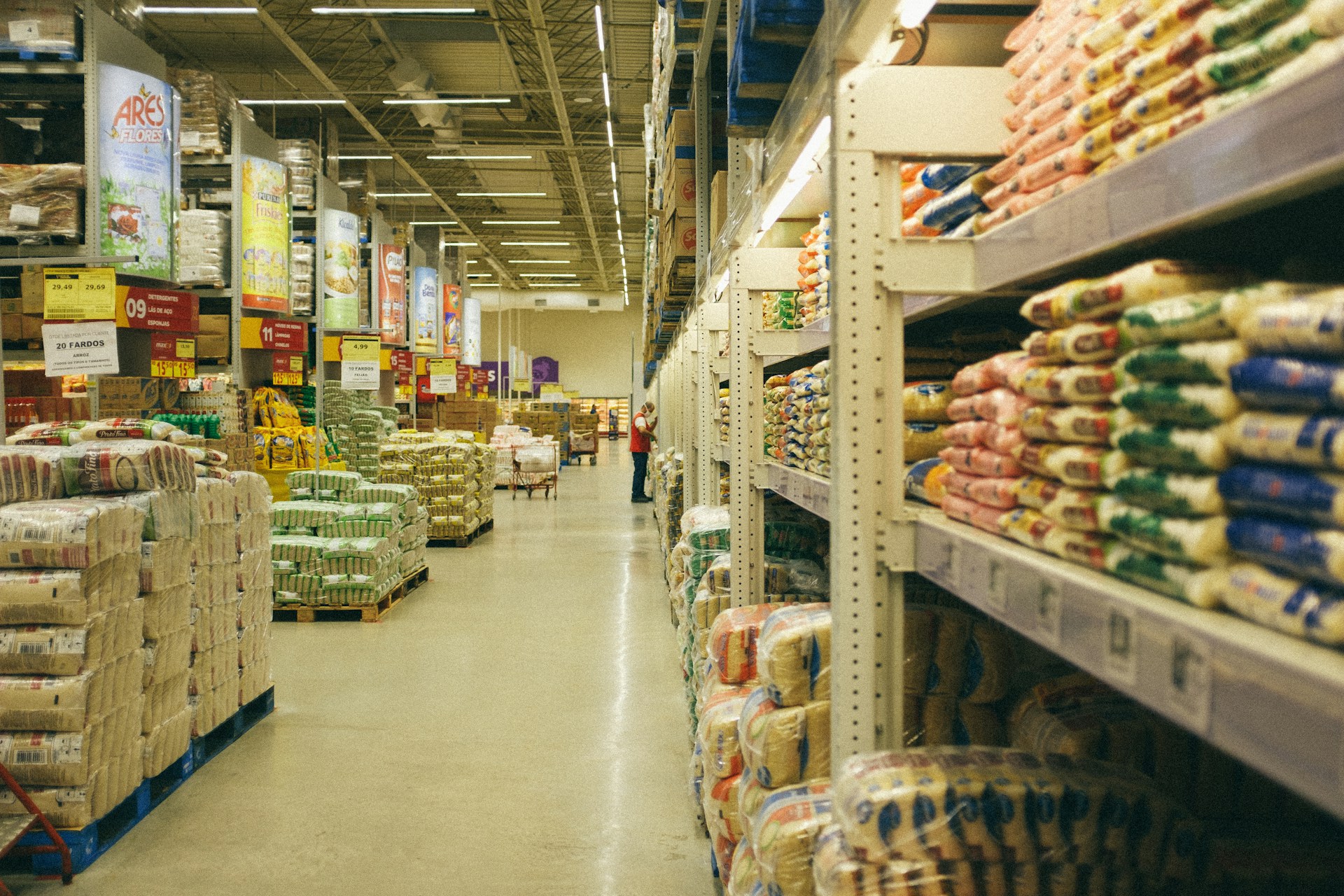Inflation in the United Kingdom saw a renewed increase in July for the first time this year. According to the Office for National Statistics (ONS) in London, consumer prices rose by 2.2 percent year-on-year, marking the highest annual rate since April. Economists had anticipated an increase in inflation, but on average had predicted a higher annual rate of 2.3 percent. In June, inflation stood at 2.0 percent.
On a monthly basis, the ONS reported a decrease in consumer prices by 0.2 percent. The most significant price reductions were observed in the costs for restaurants and hotels. In contrast, prices for household maintenance saw the highest increase. Core inflation, which excludes energy and food prices, decreased in July, with the annual rate falling from 3.5 percent to 3.3 percent.
The British pound responded to the inflation data with a decline. In trading against the US dollar, the pound fell significantly to a daily low of 1.2820 dollars.
Since peaking at 11.1 percent in autumn 2022, inflation in the UK had generally been on a downward trend. With the recent decrease in inflation, the Bank of England implemented a rate cut at the beginning of August, reducing the key interest rate by 0.25 percentage points to 5.00 percent. However, the decision by the monetary policy committee was narrowly decided. The Bank of England also provided no concrete indications of when or how quickly further rate cuts might follow.
